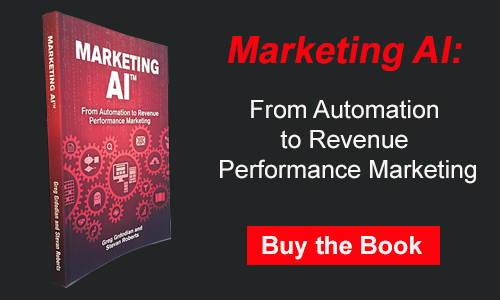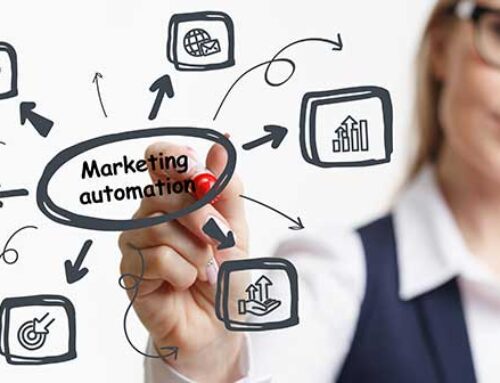Account-based marketing, or ABM, is ideally suited to B2B sales. The extended sales cycles, multiple layers of buying authority, and years-long customer relationships are perfect for an account-based approach. Despite that, many B2B marketers have found optimized, fully effective ABM elusive, often because they don’t yet have the infrastructure in place to support it. To make the most of ABM takes some strategic rethinking, a little discipline, and a more complete toolset. Here’s how to put the pieces together and use marketing automation technology to make account-based marketing relevant for your organization today instead of a distant goal.
Connect Marketing and Sales
The transfer from marketing to sales is one of the most precarious stages in leads’ life cycles. All too often, data that’s accessible to the team on one side of the fence isn’t visible to the other, leading to gaps in customer care and wasted effort. With proper alignment of your marketing and sales approaches, you’re working in tandem, not in conflict or at random. Communication and coordination at the account level keeps all team leaders on the same page, allowing for better timing, greater responsiveness, and more detailed customer knowledge.
Create Meaningful Segments
Successful ABM is predicated on deep, thorough understanding of each lead as a “segment of one.” Without marketing automation, it isn’t feasible to address thousands of leads individually, but with automated nurture programs and customized content, you’re able to give each lead specific attention that directly translates into more conversions. Marketing automation lets you define segments not only according to demographic data, but also firmographic and behavioral information. By putting your leads’ choices and behaviors into context, you get an understanding of them as individuals while still retaining the efficiency and speed of segmentation-based strategies.
Define Triggers and Filters
Marketing automation tools come with pre-set filters for segmentation, but you can also define your own custom filters and triggers that suit your organization’s specific needs. It might make sense for one B2B business to filter academic inquiries, but another might want to prioritize them – a publisher that specializes in textbooks and industry journals, for example. With marketing automation, you set the rules that guide the system’s software, developing segments that are relevant to you and your leads. Triggers that alert the sales team when a lead takes a particular action that’s strongly associated with taking a critical step in a buying journey foster closer communications between marketing and sales – which, as you’ve seen, is essential to successful ABM.
Track Results
Marketing and sales activities have inherent price tags attached; successful ABM strategies must be able to cover those costs and then some with the revenue they produce. Without a way to quantify results, you don’t know if what you’re doing is working. Marketing automation technology delivers comprehensive metrics and lets you see results from numerous angles so you get the clearest possible picture of how well your account-based marketing strategy is working for you. Because you’re tracing the buying journeys of each of your leads, you can spot the branches in the road, those critical junctures at which buyers either opt out or forge ahead. When the marketing team recognizes these points, the system can place virtual signposts there for the sales team, alerting them to changes in a lead’s state of sales readiness.
Talk It Out
As important as automation is to your ABM program, it’s also vital to review with the people who comprise your sales and marketing teams. Get together and talk over success stories and areas for improvement. New technology helps you execute account-based marketing strategies, but human ingenuity is what develops them in the first place.
© Reach Marketing LLC 2016 All Rights Reserved.







